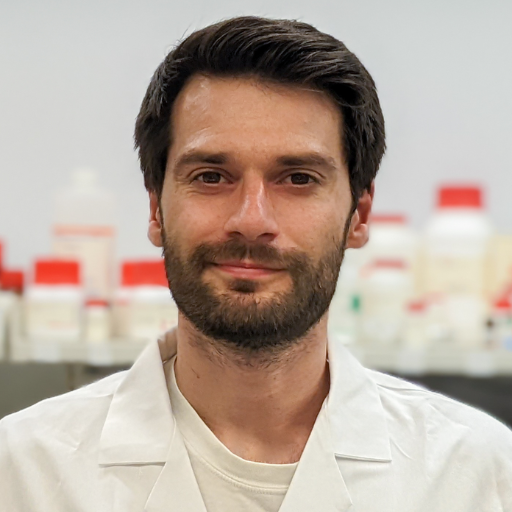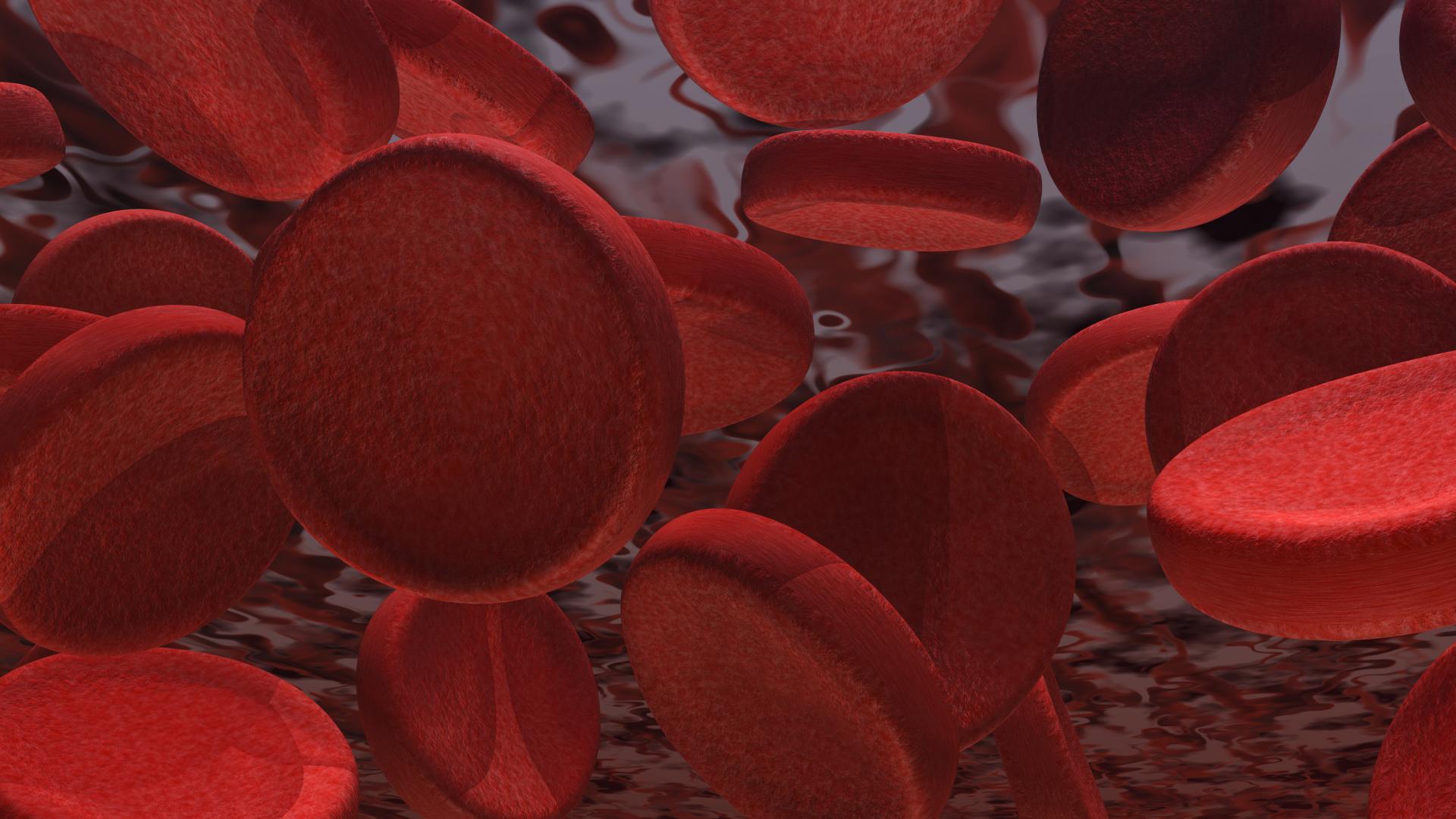Human CNS-Apolipoprotein E Isoform Production and Clearance

About the Research Project
Program
Award Type
Pilot
Award Amount
$150,000
Active Dates
April 01, 2008 - March 31, 2010
Grant ID
A2008345
Goals
Although ApoE is the strongest genetic risk factor for Alzheimer’s disease, relatively little is known about the how ApoE contributes to that risk. This study seeks to characterize basic biological differences between three different ApoE alleles.
Summary
Alzheimer’s disease is the most common cause of dementia, and the most feared disease of Americans over the age of 65. ApoE is the strongest genetic risk factor for Alzheimer’s disease, and is a potential target for disease-modifying therapies. The ApoE4 allele, which occurs in 15 percent of the population, increases one’s risk of developing Alzheimer’s Disease by 3-fold, while two copies of ApoE4 increase this risk by 12-fold. Whereas the E2 allele, occurring in 7 percent of the population, decreases one’s risk of developing Alzheimer’s disease. The hypothesis being tested is the three ApoE isoforms (E2, E3 and E4) have different rates of synthesis and clearance. We will measure the metabolism of ApoE from the cerebrospinal fluid of young, non-demented participants. This study will provide an important link regarding how ApoE4 may be involved in the pathophysiology of Alzheimer’s disease, and may lead to improved therapeutics, which target the major genetic risk factor of Alzheimer’s disease, ApoE.
Related Grants
Alzheimer's Disease Research
The Effects of Peripheral APOE2 on Alzheimer’s Disease Pathology and Pathways
Active Dates
July 01, 2024 - June 30, 2027

Principal Investigator
Guojun Bu, PhD
Current Organization
Hong Kong University of Science and Technology
The Effects of Peripheral APOE2 on Alzheimer’s Disease Pathology and Pathways
Active Dates
July 01, 2024 - June 30, 2027

Principal Investigator
Guojun Bu, PhD
Current Organization
Hong Kong University of Science and Technology
Alzheimer's Disease Research
Dysfunction of the Regulation of Cerebral Blood Flow in Alzheimer Disease
Active Dates
July 01, 2022 - June 30, 2025

Principal Investigator
Antoine Anfray, PhD
Current Organization
Weill Medical College of Cornell University
Dysfunction of the Regulation of Cerebral Blood Flow in Alzheimer Disease
Active Dates
July 01, 2022 - June 30, 2025

Principal Investigator
Antoine Anfray, PhD
Current Organization
Weill Medical College of Cornell University
Alzheimer's Disease Research
Abca1 Regulates Lipid Metabolism and Tau Pathology in P301S/ApoE4 Mice
Active Dates
July 01, 2022 - June 30, 2024

Principal Investigator
Alexandra Litvinchuk, PhD
Current Organization
Washington University in St. Louis
Abca1 Regulates Lipid Metabolism and Tau Pathology in P301S/ApoE4 Mice
Active Dates
July 01, 2022 - June 30, 2024

Principal Investigator
Alexandra Litvinchuk, PhD
Current Organization
Washington University in St. Louis





